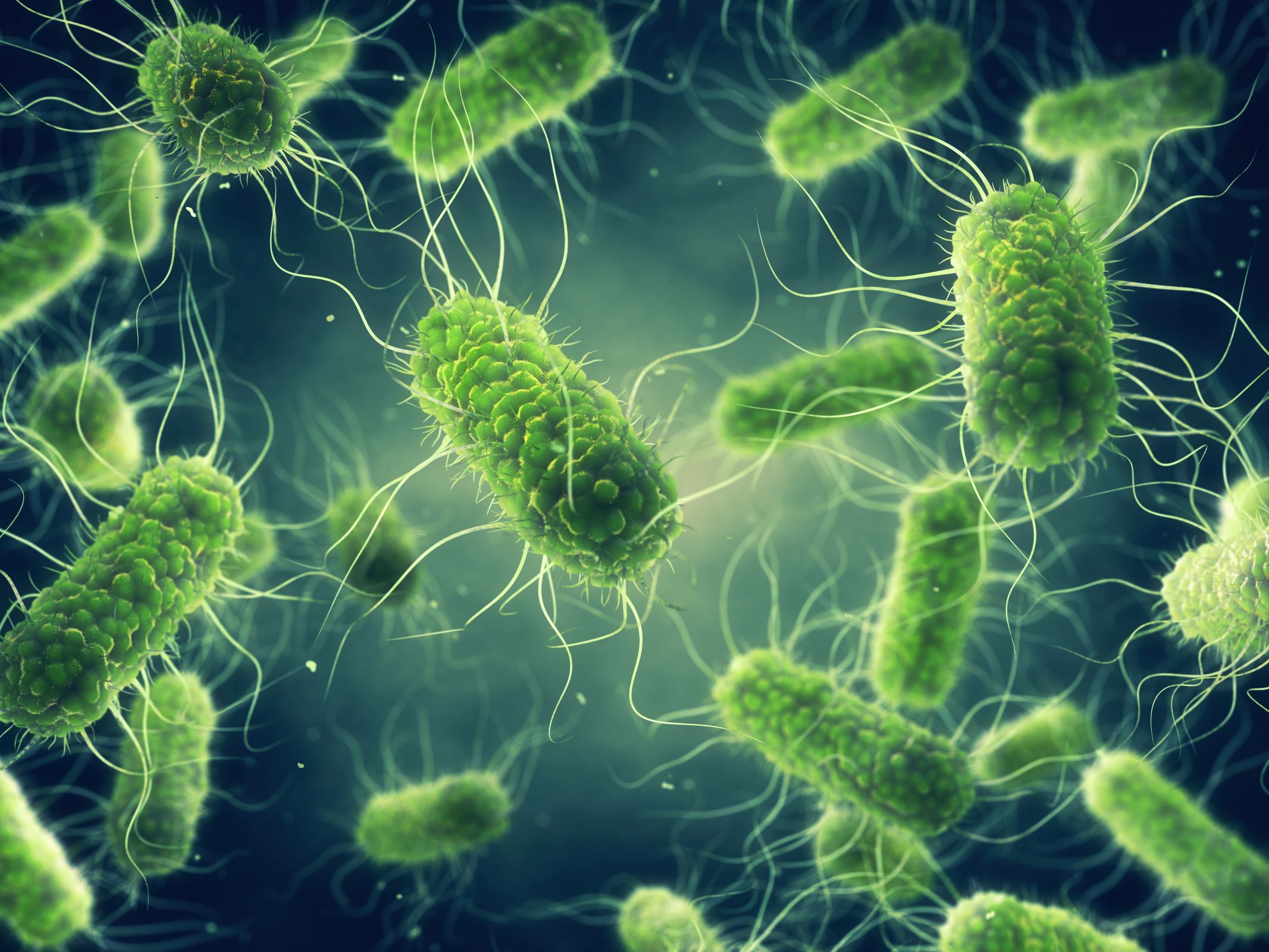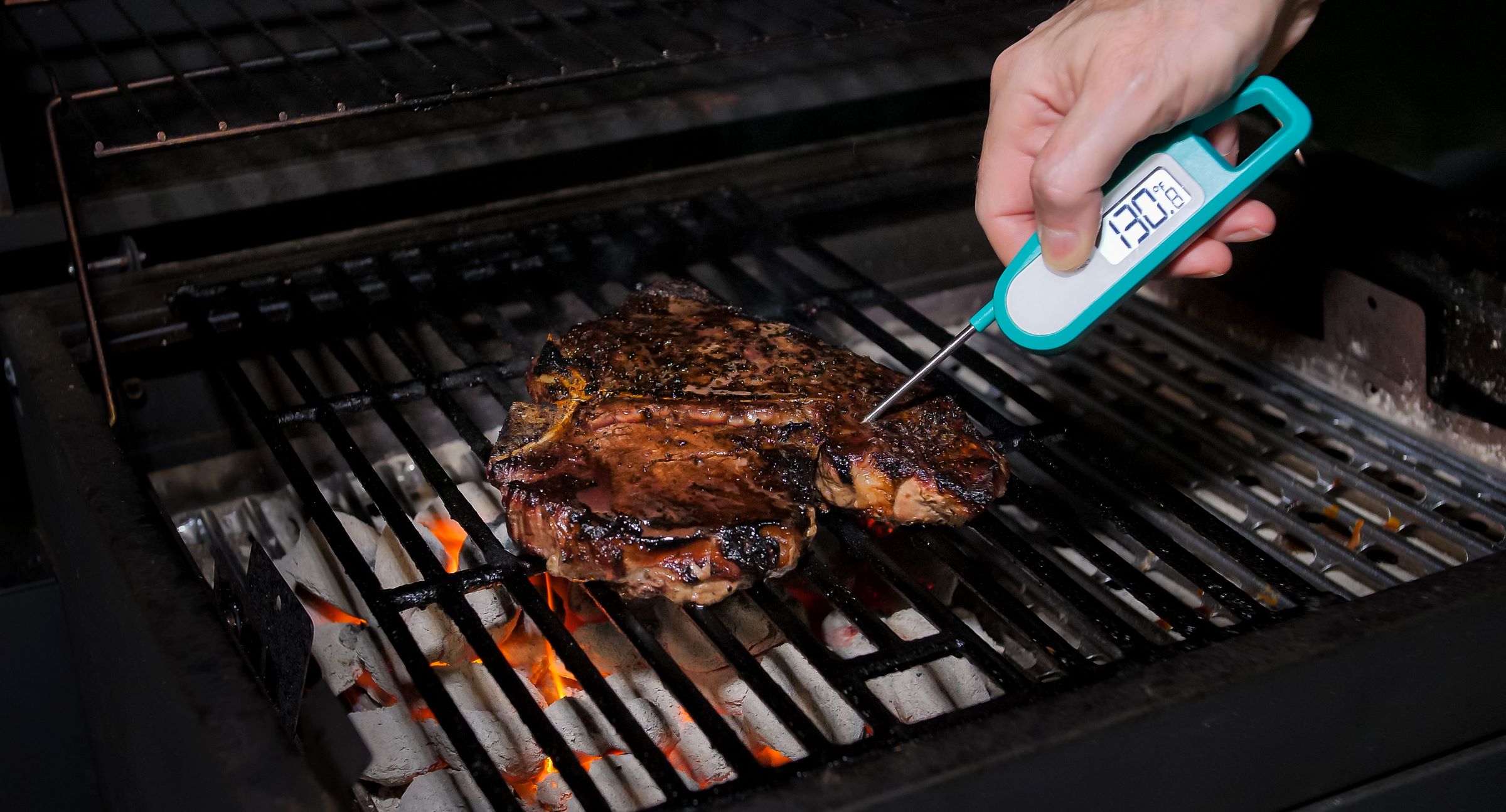Food that is contaminated with Salmonella or other harmful germs usually looks, tastes, and smells normal. That’s why it’s important to know how to prevent infection.
-
Salmonella are bacteria that can make you sick

-
Salmonella can be found in a variety of foods, including chicken, beef, pork, eggs, fruits, vegetables, and even processed foods
Food isn’t the only way Salmonella spread to people. The bacteria also spread through contaminated water, the environment, other people, and animals. Even pets and animals at petting zoos, farms, fairs, and schools and daycares can carry Salmonella and other harmful germs.
Symptoms usually start 6 hours to 6 days after infection. They include diarrhea that can be bloody, fever, and stomach cramps. Most people recover within 4 to 7 days without antibiotic treatment.
Four Steps to Help Prevent Salmonella Infection
Follow the Clean, Separate, Cook, and Chill guidelines when you prepare food at home.
Clean
- Wash hands with soap and clean, running water for at least 20 seconds before and after handling food, especially after touching raw or undercooked eggs, meat, poultry (like chicken and turkey), seafood, or their juices.
- Wash utensils, cutting boards, dishes, and countertops with hot, soapy water, especially after they’ve touched raw or undercooked eggs, meat, poultry, seafood, or their juices.
- Don’t wash raw poultry, meat, or seafood before cooking. Washing can spread germs to other foods, utensils, and surfaces.
Separate
- Keep raw meat, poultry, seafood, and eggs separate from other foods in your grocery cart and in your refrigerator. Keep eggs in the original carton and store them in the main part of the refrigerator, not in the door.
- Keep raw meat, poultry, and seafood separate from ready-to-eat foods, such as salads and deli meat.
- Use separate cutting boards and plates for produce and for raw meat, poultry, seafood, and eggs.
- Never place cooked food on a plate that previously held raw or undercooked eggs, meat, poultry, seafood, or their juices.
Cook
- Use a food thermometer to ensure that foods are cooked to a safe internal temperature:
- 145°F for beef, pork, ham, veal, and lamb (then let the meat rest for 3 minutes before carving or eating)
- 145°F for fish with fins (or cook until flesh is opaque and separates easily with a fork)
- 160°F for ground beef, ground pork, ground veal, and ground lamb
- 160°F for egg dishes that do not contain meat or poultry
- 165°F for egg dishes that contain meat or poultry
- 165°F for poultry (chicken, turkey, duck), including ground chicken and ground turkey
- 165°F for leftovers and casseroles
- Microwave food thoroughly. Follow recommended cooking and standing times.
- Cook eggs until both the yolk and white are firm.
Chill
- Keep your refrigerator at 40°F or colder.
- Never leave perishable foods out of the refrigerator for more than 2 hours, or 1 hour if the food is exposed to temperatures above 90°F (like a hot car or picnic). Perishable food includes meat, poultry, seafood, eggs, dairy, cut fruit, some vegetables, cooked rice, and leftovers.
Information from Centers for Disease Control and Prevention
